Marine Pollution
Marine pollution is a combination of chemicals and trash, most of which comes from land sources and is washed or blown into the ocean. This pollution results in damage to the environment, to the health of all organisms, and to economic structures worldwide.
GRADES
5 - 8
SUBJECTS
Biology, Ecology, Earth Science, Oceanography
IMAGE
Water Pollution
Pollutants are dumped into the ocean. This waste affects the daily life of fish and other marine creatures.
STOCKPHOTO-GRAF/SHUTTERSTOCK
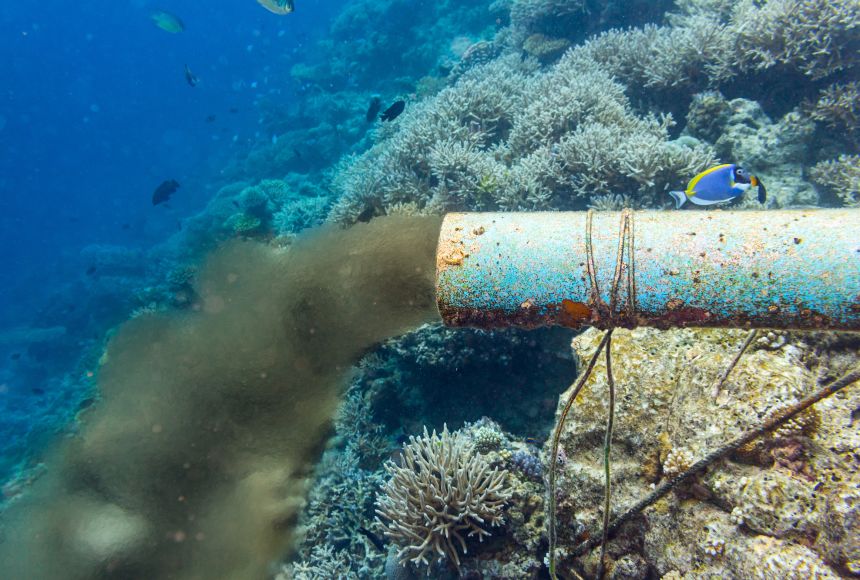 Powered by
Powered by

Marine pollution is a growing problem in today’s world. Our ocean is being flooded with two main types of pollution: chemicals and trash.
Chemical contamination, or nutrient pollution, is concerning for health, environmental, and economic reasons. This type of pollution occurs when human activities, notably the use of fertilizer on farms, lead to the runoff of chemicals into waterways that ultimately flow into the ocean. The increased concentration of chemicals, such as nitrogen and phosphorus, in the coastal ocean promotes the growth of algal blooms, which can be toxic to wildlife and harmful to humans. The negative effects on health and the environment caused by algal blooms hurt local fishing and tourism industries.
Marine trash encompasses all manufactured products—most of them plastic—that end up in the ocean. Littering, storm winds, and poor waste management all contribute to the accumulation of this debris, 80 percent of which comes from sources on land. Common types of marine debris include various plastic items like shopping bags and beverage bottles, along with cigarette butts, bottle caps, food wrappers, and fishing gear. Plastic waste is particularly problematic as a pollutant because it is so long-lasting. Plastic items can take hundreds of years to decompose.
This trash poses dangers to both humans and animals. Fish become tangled and injured in the debris, and some animals mistake items like plastic bags for food and eat them. Small organisms feed on tiny bits of broken-down plastic, called microplastic, and absorb the chemicals from the plastic into their tissues. Microplastics are less than five millimeters (0.2 inches) in diameter and have been detected in a range of marine species, including plankton and whales. When small organisms that consume microplastics are eaten by larger animals, the toxic chemicals then become part of their tissues. In this way, the microplastic pollution migrates up the food chain, eventually becoming part of the food that humans eat.
Solutions for marine pollution include prevention and cleanup. Disposable and single-use plastic is abundantly used in today’s society, from shopping bags to shipping packaging to plastic bottles. Changing society’s approach to plastic use will be a long and economically challenging process. Cleanup, in contrast, may be impossible for some items. Many types of debris (including some plastics) do not float, so they are lost deep in the ocean. Plastics that do float tend to collect in large “patches” in ocean gyres. The Pacific Garbage Patch is one example of such a collection, with plastics and microplastics floating on and below the surface of swirling ocean currents between California and Hawaii in an area of about 1.6 million square kilometers (617,763 square miles), although its size is not fixed. These patches are less like islands of trash and, as the National Oceanic and Atmospheric Administration says, more like flecks of microplastic pepper swirling around an ocean soup. Even some promising solutions are inadequate for combating marine pollution. So-called “biodegradable” plastics often break down only at temperatures higher than will ever be reached in the ocean.
Nonetheless, many countries are taking action. According to a 2018 report from the United Nations, more than sixty countries have enacted regulations to limit or ban the use of disposable plastic items.
algal bloom Noun
the rapid increase of algae in an aquatic environment.
biodegradable Adjectiveable to decompose naturally.
debris Nounremains of something broken or destroyed; waste, or garbage.
food chain Noungroup of organisms linked in order of the food they eat, from producers to consumers, and from prey, predators, scavengers, and decomposers.
nutrient Nounsubstance an organism needs for energy, growth, and life.
organism Nounliving or once-living thing.
plastic Nounchemical material that can be easily shaped when heated to a high temperature.
pollutant Nounchemical or other substance that harms a natural resource.
runoff Nounoverflow of fluid from a farm or industrial factory.
Credits
User Permissions
RELATED RESOURCES
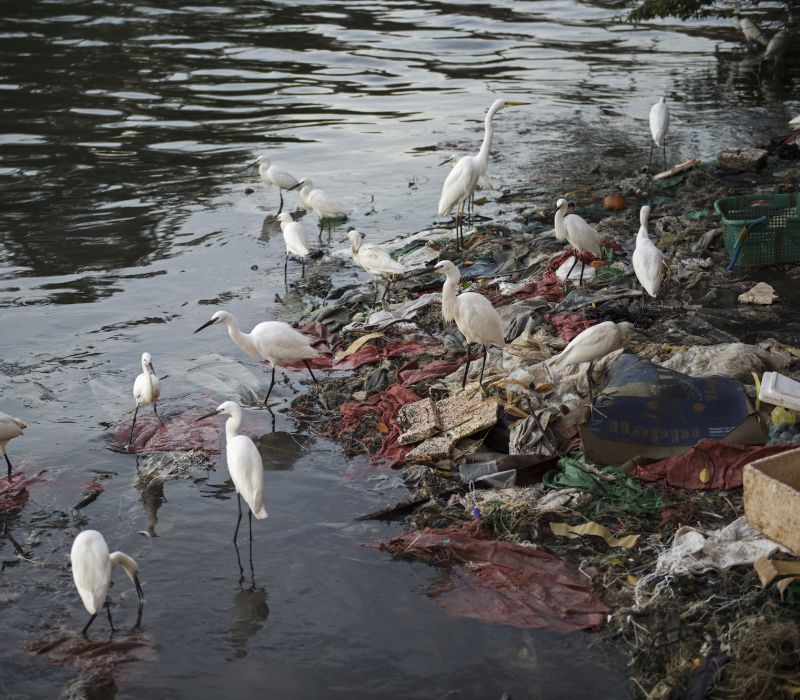 COLLECTION
COLLECTION
Plastic Pollution
Plastic is ubiquitous in our everyday lives. Some plastics we can reuse or recycle—and many play important roles in areas like medicine and public safety—but other items, such as straws, are designed for only one use. In fact, more than 40 percent of plastic is used only once before it is thrown away, where it lingers in the environment for a long, long time. It often breaks down into smaller and smaller particles, called microplastics, which can be ingested by both animals and people. Fortunately, there are things we can do to help—like stop using plastic bags, straws, and bottles, recycling when we can, and disposing of waste properly. Use these classroom resources to teach about ocean plastics and check back for more coming later this year!
454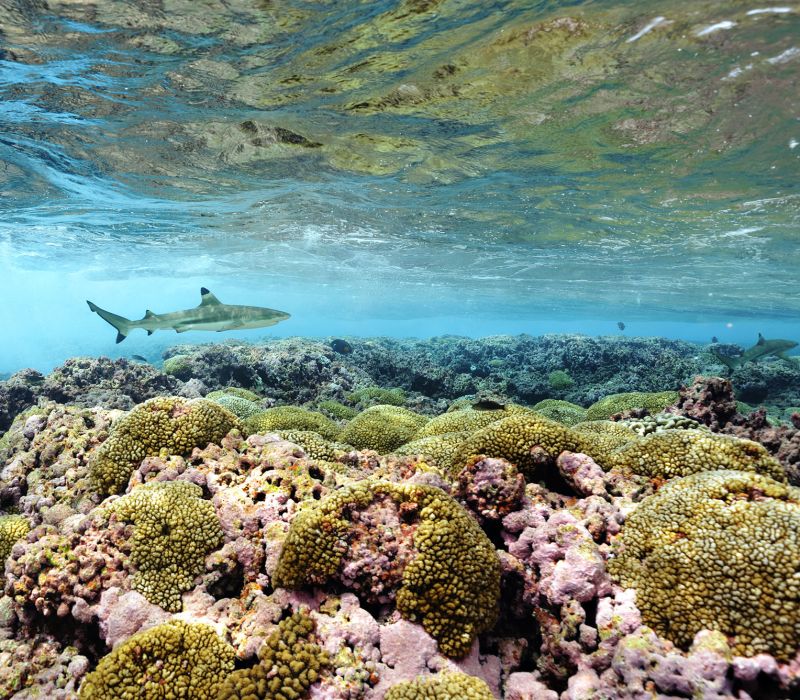 COLLECTION
COLLECTION
Marine Ecosystems
Marine ecosystems contain a diverse array of living organisms and abiotic processes. From massive marine mammals like whales to the tiny krill that form the bottom of the food chain, all life in the ocean is interconnected. While the ocean seems vast and unending, it is, in fact, finite; as the climate continues to change, we are learning more about those limits. Explore these resources to teach students about marine organisms, their relationship with one another, and with their environment.
277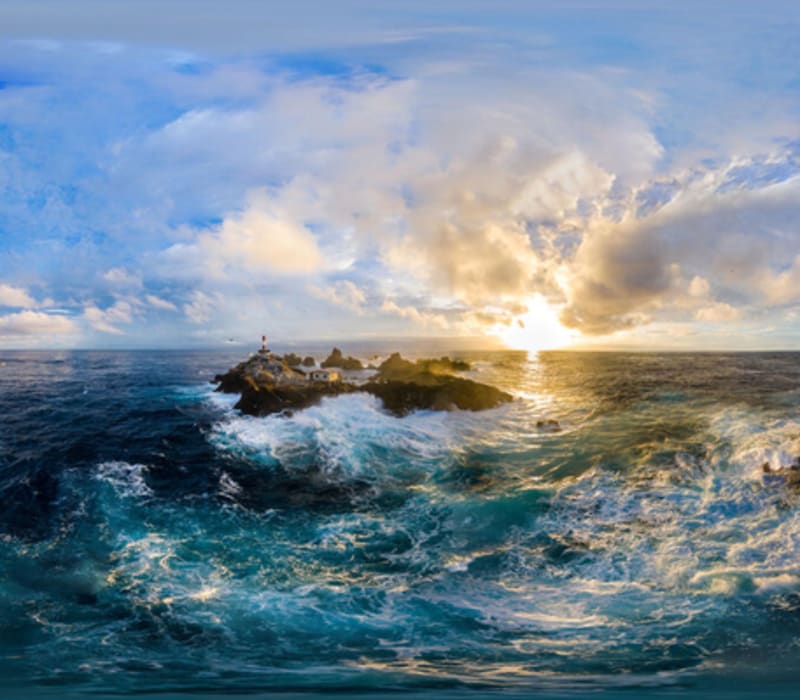 COLLECTION
COLLECTION
MapMaker: Ocean
In this collection you will find resources and activities specifically designed to accompany MapMaker, a Geographic Information System (GIS) tool for the classroom built by National Geographic and ESRI. The maps in this collection showcase information and data related to Ocean research, one of five focus areas of National Geographic Explorers. Maps are powerful devices that allow us to find our way, analyze and visualize complex datasets, solve problems, and tell stories. They also facilitate learning. The materials featured here are built on the National Geography Standards and the United Nations Sustainable Development Goals. Today's students need to understand how the world is interconnected, and master the geographic competencies and knowledge necessary for sustainably enhancing economic competitiveness, preserving and improving quality of life, sustaining the environment, and ensuring national security.
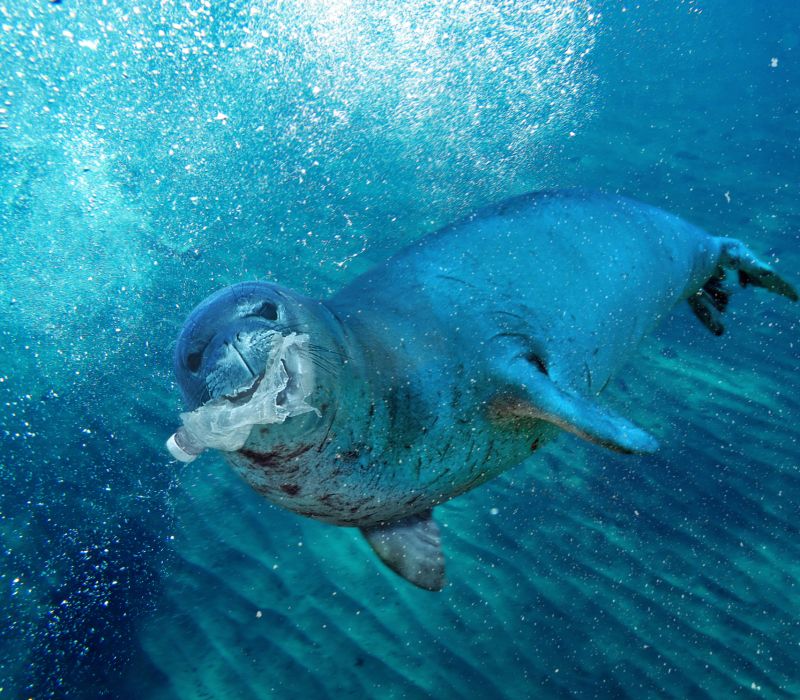 ARTICLE
ARTICLE
Plastic Bag Found at the Bottom of World’s Deepest Ocean Trench
Even one of the most remote places on Earth couldn’t hide from the scourge of plastic trash.
250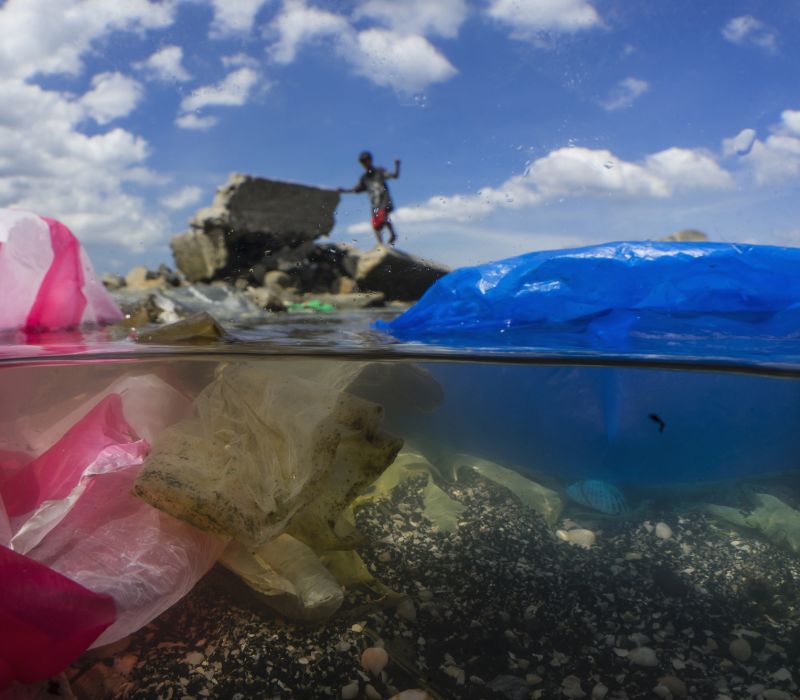 ARTICLE
ARTICLE
The World's Plastic Pollution Crisis Explained
Much of the planet is swimming in discarded plastic, which is harming animal and possibly human health. Can it be cleaned up?
47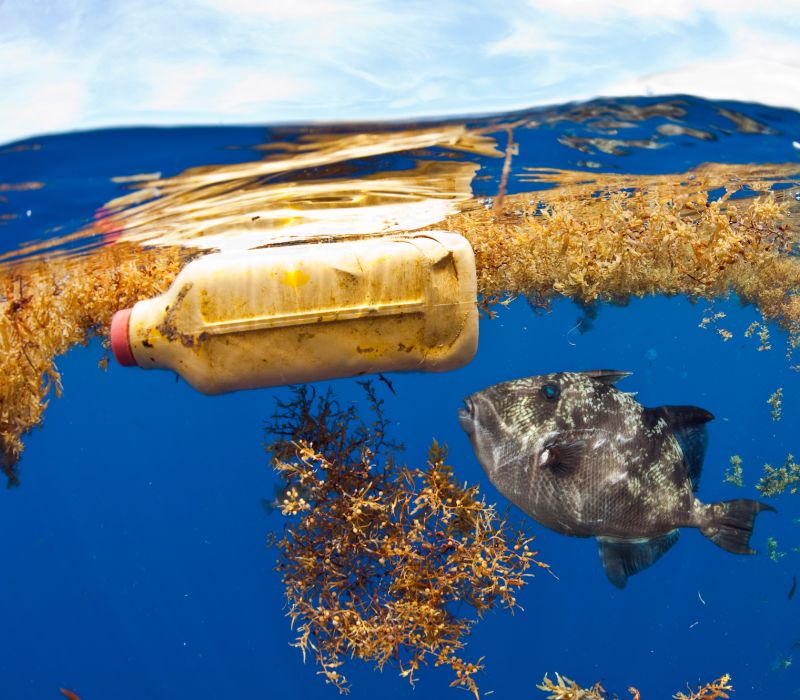 ARTICLE
ARTICLE
One Bottle at a Time
The pollution of the ocean is a massive environmental crisis. It may seem overwhelming, but the problem can be broken down into small tasks to which eve
标签:Noun,food,plastic,ocean,marine,pollution From: https://www.cnblogs.com/20030829nn/p/17796548.html